Introduction to All-Ceramic Crowns
All-ceramic crowns have emerged as one of the most favored solutions in restorative dentistry, especially for patients seeking both functional rehabilitation and aesthetic enhancement of their dentition. Among various materials, zirconia stands out as the predominant choice for crafting these crowns. Depending on the desired properties, zirconia crowns can be fabricated using a single-layer porcelain material or a more intricate two-layer structure that comprises a foundational crown topped with a porcelain veneer. The latter option often yields superior aesthetic outcomes, thus earning the endorsement of many dental practitioners.
Challenges of Dual-Layer Structures
While a dual-layer composition can enhance the visual appeal of crowns, it also raises potential stability issues. Fortunately, advancements in material science and manufacturing techniques have significantly minimized the occurrence of such complications. A recent comprehensive systematic review with a substantial sample size has corroborated that zirconia crowns with a single-layer (MZ) exhibit a markedly lower failure rate and incidence of complications compared to porcelain veneer zirconia (PVZ), particularly regarding veneer fractures. Are you curious about methods to mitigate the risks of veneer fracturing? Let’s delve deeper into this matter.
Lower Retention Rates of Dual-Layer Crowns
A retrospective systematic review from Sweden encompassed 74 studies reporting on 6,370 zirconia crowns (4,264 with PVZ and 2,106 with MZ over 8,200 abutment teeth among 3,549 patients), excluding those involving removable partial dentures or implants, with follow-up periods extending up to 152 months.
The findings indicated a total of 216 restoration failures, specifically 117 for PVZ (4.2%) and 39 for MZ (1.9%). After a 5-year observation, the retention rate for PVZ crowns was recorded at 88.7%, significantly lower than the 93.3% retention rate for MZ crowns, with statistical significance (P = 0.007). “Failure” was defined as either loss or replacement of the restoration, while “retention” encompassed restorations still functionally present in the mouth, irrespective of adverse events.
The average time until failure did not show significant differences; PVZ crowns failed at (38.6±24.0) months, while MZ crowns showed a duration of (40.3±27.4) months.
Fracture Rates in Dual-Layer Crowns
Further analysis revealed that the incidence of porcelain fractures was significantly higher in PVZ crowns compared to MZ crowns. This discrepancy may stem from thermal expansion mismatches between the veneer and the underlying crown, leading to residual stress. The occurrences of minor fractures were 7.5% (298/3,993) for PVZ and a mere 0.3% (7/2,106) for MZ. Serious fractures were reported at 2.6% (102/3,993) for PVZ versus 0.1% (2/2,106) for MZ, with each difference finding statistical significance (P < 0.001 and P = 0.002). Minor fractures were defined as those repairable chairs-side (e.g., polishing), while serious fractures necessitated laboratory repair or total replacement.
Interestingly, the choice of adhesive used during clinical procedures also significantly influenced the fracture rates. Which adhesive would most effectively reduce porcelain fractures? The study examined three types of bonding agents: glass ionomer cement (GIC), resin composite cement, and resin-modified glass ionomer cement (RMGIC). For PVZ restorations, the lowest fracture rates occurred with glass ionomer adhesive, showing minor or serious fractures at 3.0% and 1.3%, respectively. Conversely, RMGIC yielded the highest fracture rates at 19.5% for minor and 8.0% for serious fractures, while resin composite cement presented rates of 6.9% and 2.3%.
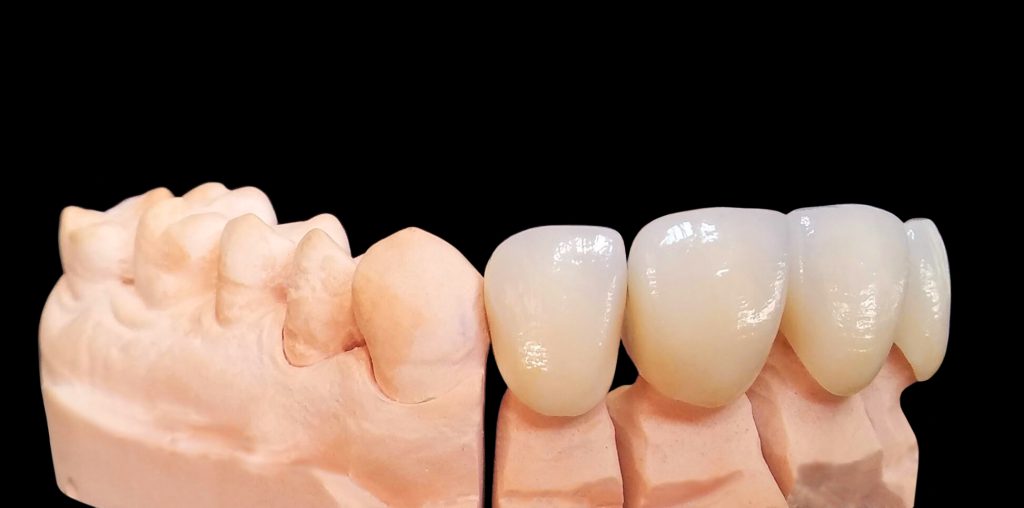
For MZ restorations, glass ionomer adhesive exhibited no reported fractures, with resin composite showing a low rate of 0.2%, and RMGIC showing a 1.7% rate for minor fractures. These findings clearly suggest that using glass ionomer cement is advantageous for mitigating fracture occurrences across both restoration types, while zinc phosphate cement is not recommended.
Pulpal Vitality Loss in Abutment Teeth
Moreover, the study revealed a markedly higher incidence of pulpal vitality loss in abutment teeth restored with PVZ compared to MZ crowns, reported at 0.3% (6/2,106) versus 1.4% (59/3,907), showing statistical significance (P < 0.001). This higher rate of vitality loss in PVZ crowns may be attributed to the increased thickness of the dual-layer porcelain structure necessitating more extensive removal of tooth structure, thereby heightening the risk of thermal damage to the pulp during preparation. It is advisable to retain at least a 2 mm thickness of dentin, which typically provides adequate protection for the pulp.
Additionally, other measured parameters showed no significant differences in the rates of dislodgment between the two types of crowns, as well as no notable influence from the type of adhesive used or whether air abrasion was performed prior to bonding. The fracture rates were similarly insignificant, with figures standing at 0.8% for PVZ and 0.2% for MZ.
Conclusions on All-Ceramic Crown Restoration
The restoration of teeth with all-ceramic crowns represents a well-established and reliable technique in modern dentistry. Each fabrication method, whether dual-layer or single-layer, carries its own respective merits and challenges. Which approach do practitioners prefer in clinical settings? How do they communicate care instructions to patients regarding these restorations? We invite you to share your insights and participate in discussions in the comments below.

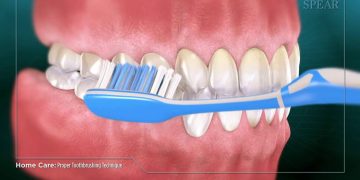
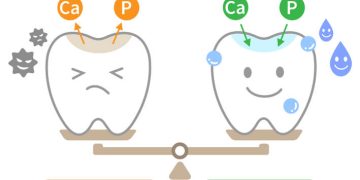
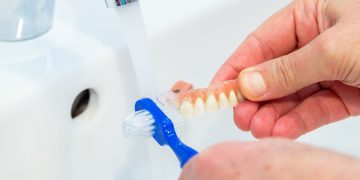




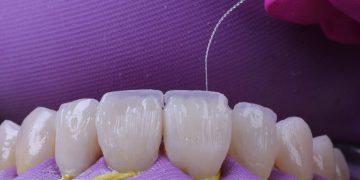
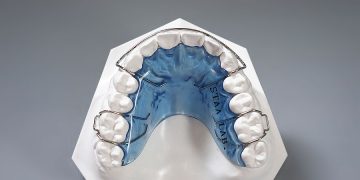

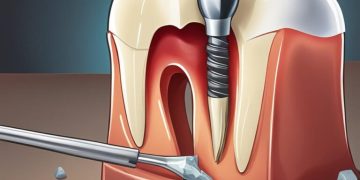

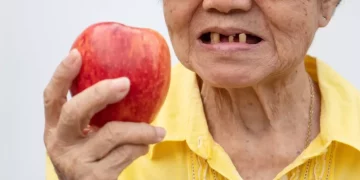

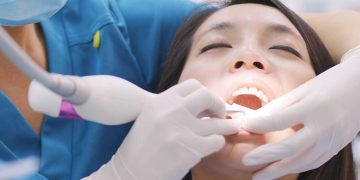















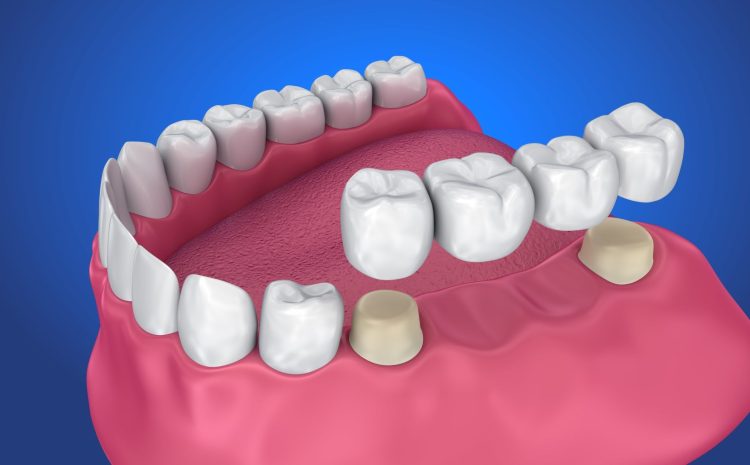













Discussion about this post